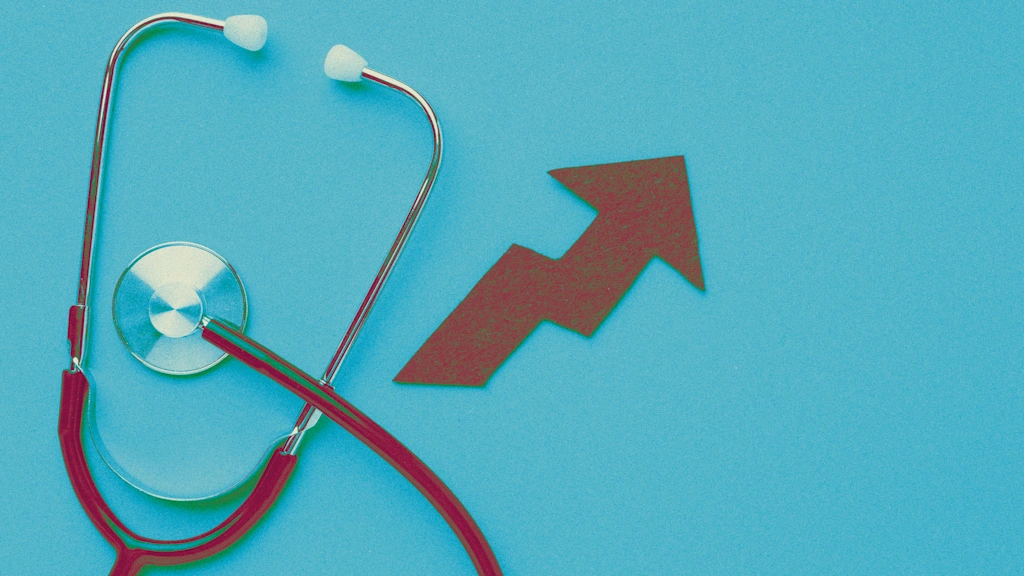
"The stethoscope is a medical instrument used to listen to and amplify the internal sounds produced by the body. Physicians still use the sounds they hear through stethoscopes as initial indicators of heart or lung diseases. For example, a heart murmur or crackling lungs often signify an issue is present. Although there have been significant advances in imaging and monitoring technologies, the stethoscope remains a quick, accessible, and cost-effective tool for assessing a patient's health."
"Though stethoscopes remain useful today, audible symptoms of disease often appear only at later stages of illness. At that point, treatments are less likely to work and outcomes are often poor. This is especially the case for heart disease, where changes in heart sounds are not always clearly defined and may be difficult to hear. We are scientists and engineers who are exploring ways to use heart sounds to detect disease earlier and more accurately."
"The invention of the stethoscope is widely credited to the 19th-century French physician René Théophile Hyacinthe Laënnec. Before the stethoscope, physicians often placed their ear directly on a patient's chest to listen for abnormalities in breathing and heart sounds. In 1816, a young girl showing symptoms of heart disease sought consultation with Laënnec. Placing his ear on her chest, however, was considered socially inappropriate. Inspired by children transmitting sounds through a long wooden stick, he instead"
The stethoscope amplifies internal body sounds and remains widely used to detect heart or lung abnormalities such as murmurs and crackling lungs. It provides clinicians with quick, accessible, and cost-effective initial assessments despite advances in imaging and monitoring technologies. Audible symptoms often arise only in later disease stages, reducing treatment effectiveness and worsening outcomes. Heart disease poses particular challenges because changes in heart sounds can be subtle and hard to hear. Combining stethoscope recordings with artificial intelligence offers potential to detect disease earlier and more accurately. The stethoscope's invention is attributed to René Laënnec, who introduced a listening device in 1816.
Read at Fast Company
Unable to calculate read time
Collection
[
|
...
]